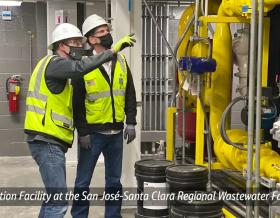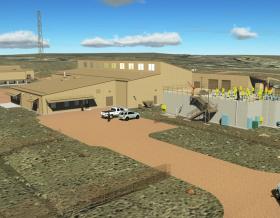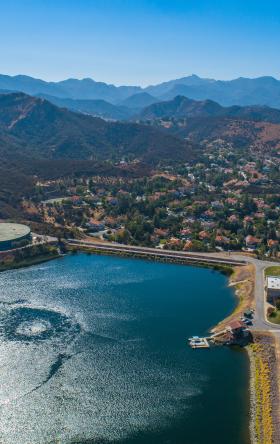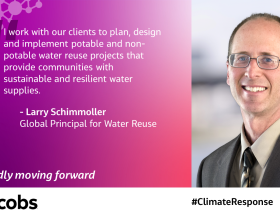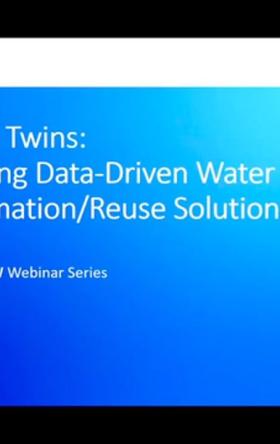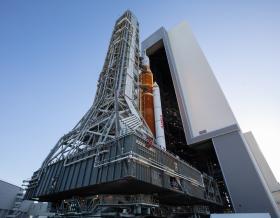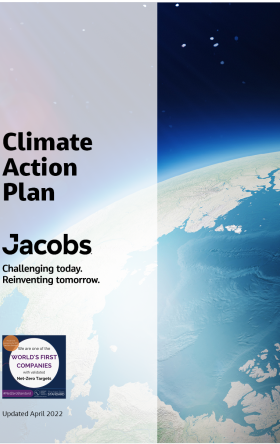Managed Aquifer Recharge for Potable Reuse
By BJ Lechler, Jacobs Senior Hydrogeologist

As water scarcity and droughts intensify worldwide, communities are adopting potable water reuse as a critical strategy to ensure the sustainability and reliability of future water supplies.
Many of the major potable water reuse programs being planned and implemented in regions like Southern California are adopting “indirect” potable reuse, which involves using highly purified wastewater to augment existing water supplies, like groundwater or surface water. This approach provides an environmental buffer before recycled water enters the drinking water distribution system.
A widely adopted method for indirect potable reuse is managed aquifer recharge (MAR), which entails recharging recycled water to an aquifer for future recovery. As well as being used for water supply purposes, MAR often offers environmental benefits including restoring water levels in an overdrawn aquifer, preventing saltwater intrusion and improving groundwater quality. Utilities often employ spreading basins and/or injection wells when implementing MAR.
One example is the Donald C. Tillman Advanced Water Purification Facility (AWPF), which Jacobs is designing and building for LA Sanitation and Environment and the Los Angeles Department of Water and Power. The new AWPF will treat tertiary effluent from the existing Donald C. Tillman Water Reclamation Plant to produce purified water suitable for groundwater replenishment via the Hansen Spreading Grounds.
When planning a MAR facility, the success of the project is significantly influenced by the physical and geochemical compatibility of recharge water, native groundwater and minerals in the receiving aquifer.
To help utilities navigate these issues, we recently conducted a research project for The Water Research Foundation (WRF) which assessed the common challenges experienced during MAR operations for potable reuse and explored the best practices and strategies to enable successful implementation.
The research assessed issues including physical plugging of injection wells, corrosion of equipment and piping, metals mobilization in the aquifer and reduced injectivity caused by adverse reactions leading to the swelling of clays in the injection zone.
We also developed a step-by-step decision support framework to assist utilities as they develop and sustain MAR facilities. The framework helps to assess site-specific physical and geochemical issues during the planning, design, construction, and commissioning phases of a MAR project, and ultimately during its operation.
As more communities embrace OneWater thinking and view all water as a valuable resource, the successful implementation of MAR will be critical to many indirect potable water reuse programs. Thank you to the WRF and our project partners for supporting this important research – we hope it will serve as a valuable reference and decision-support tool as more water utilities adopt MAR for potable reuse.
About the author

BJ Lechler is a Senior Hydrogeologist in Jacobs’ Irvine, California office with 20+ years of experience in groundwater consulting for municipal, federal and industrial clients. He enjoys working with multidisciplinary teams and stakeholder groups to develop sustainable water resource solutions through restoring groundwater impacted by anthropogenic contamination or seawater intrusion, developing efficient water supply systems and supplementing traditional supplies through potable reuse.

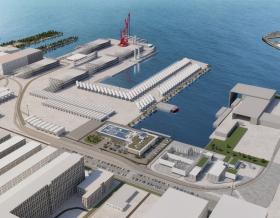

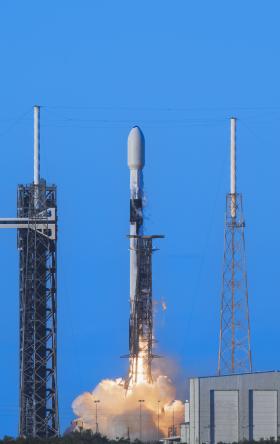
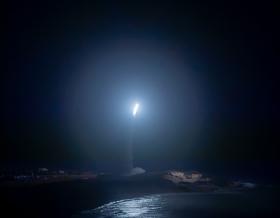
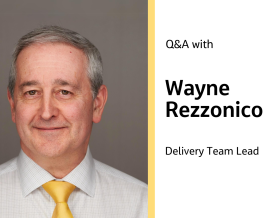




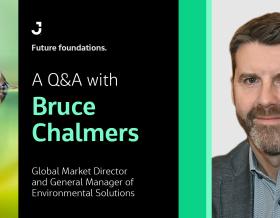

2c4e.jpg?h=c7c14dee&itok=FmPI2126)




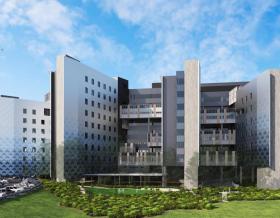
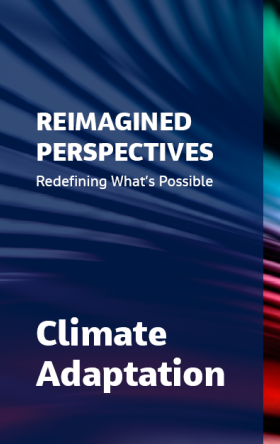
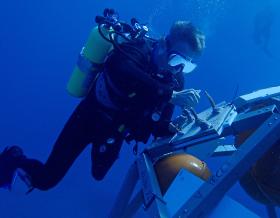



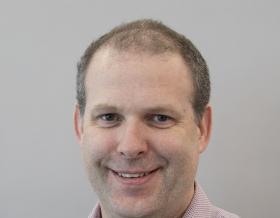




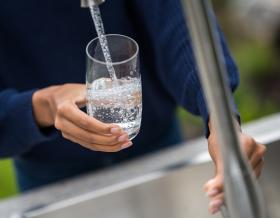
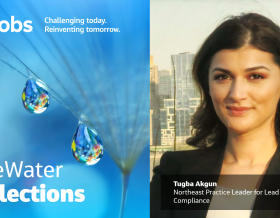

_0ac2b.jpg?h=8a6d63f3&itok=5vsqFiQH)

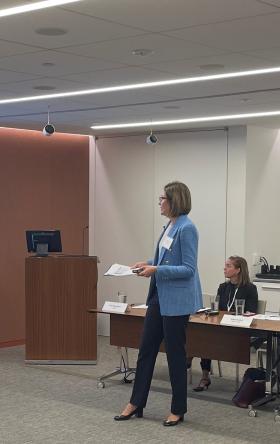

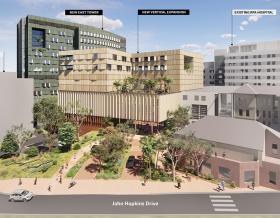
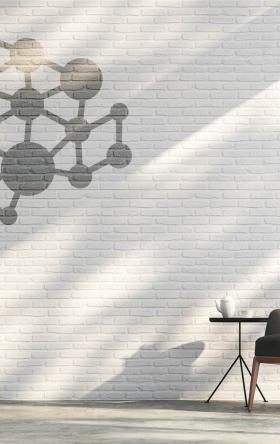

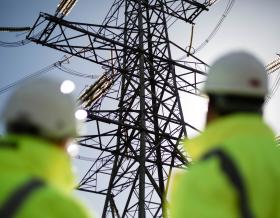


2747.png?h=1314d3d4&itok=rFs9mG95)

